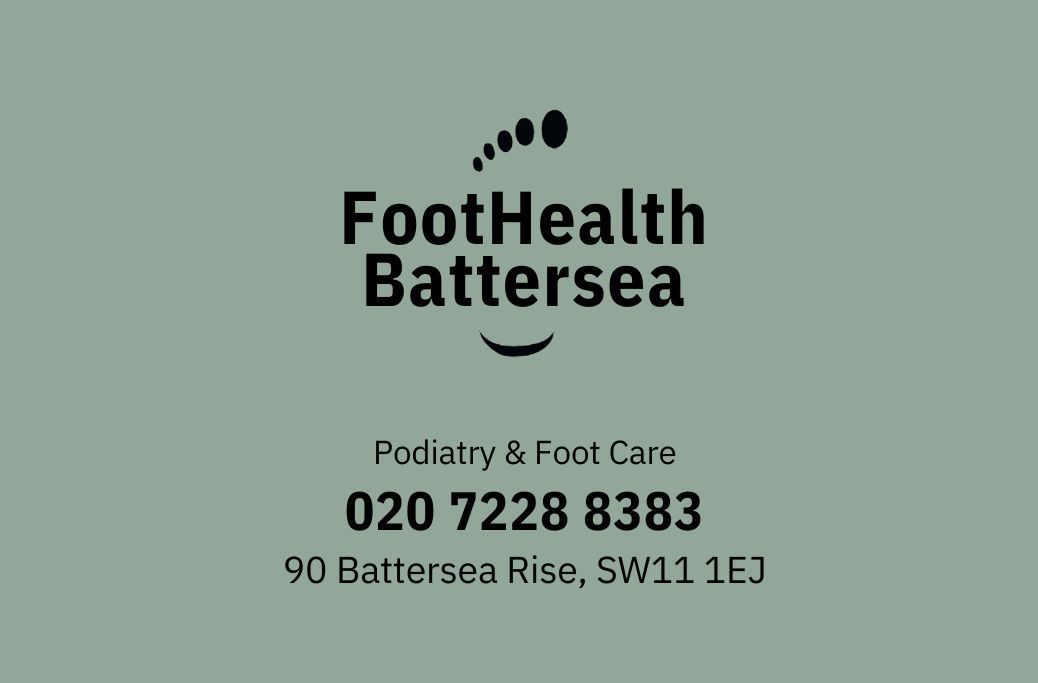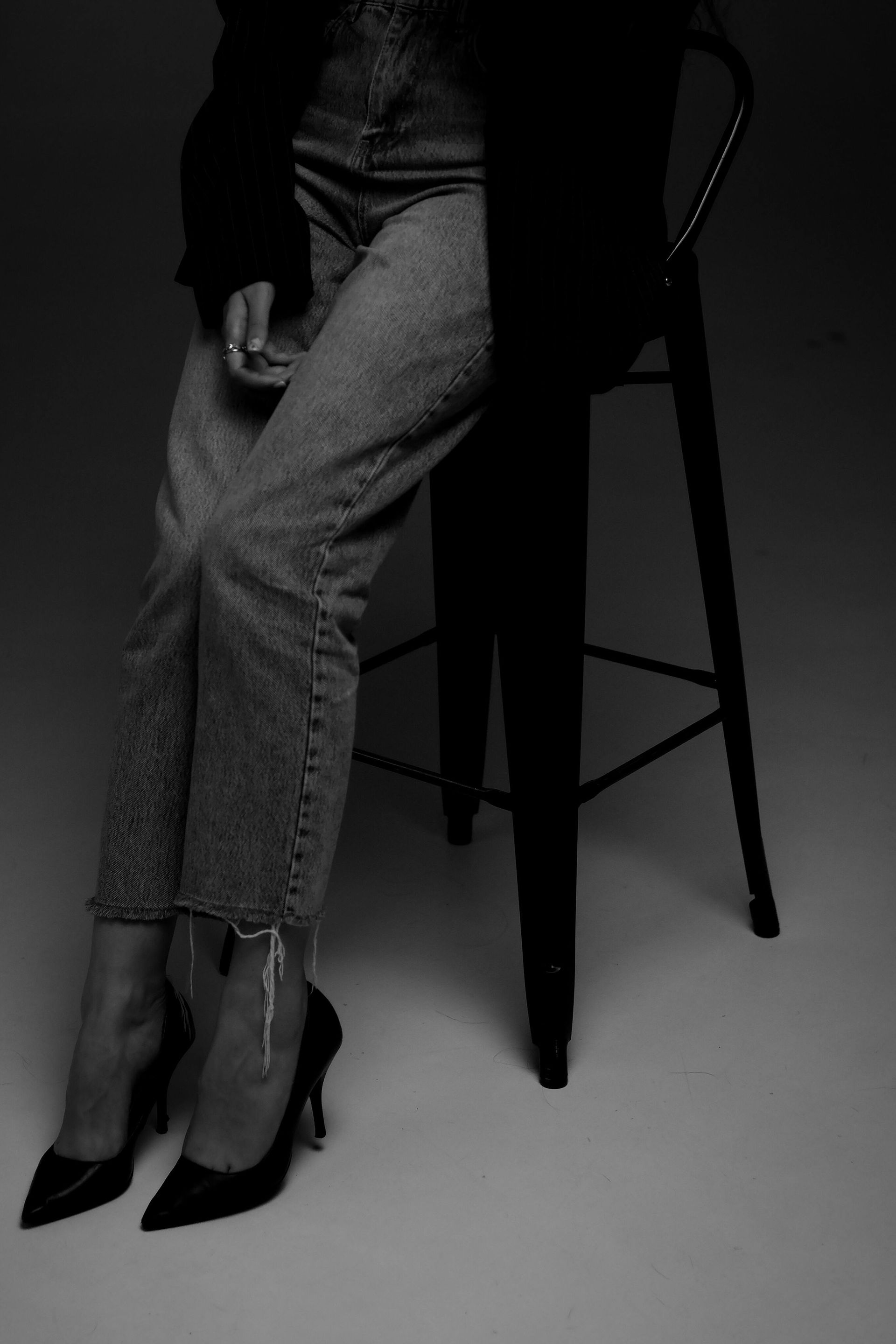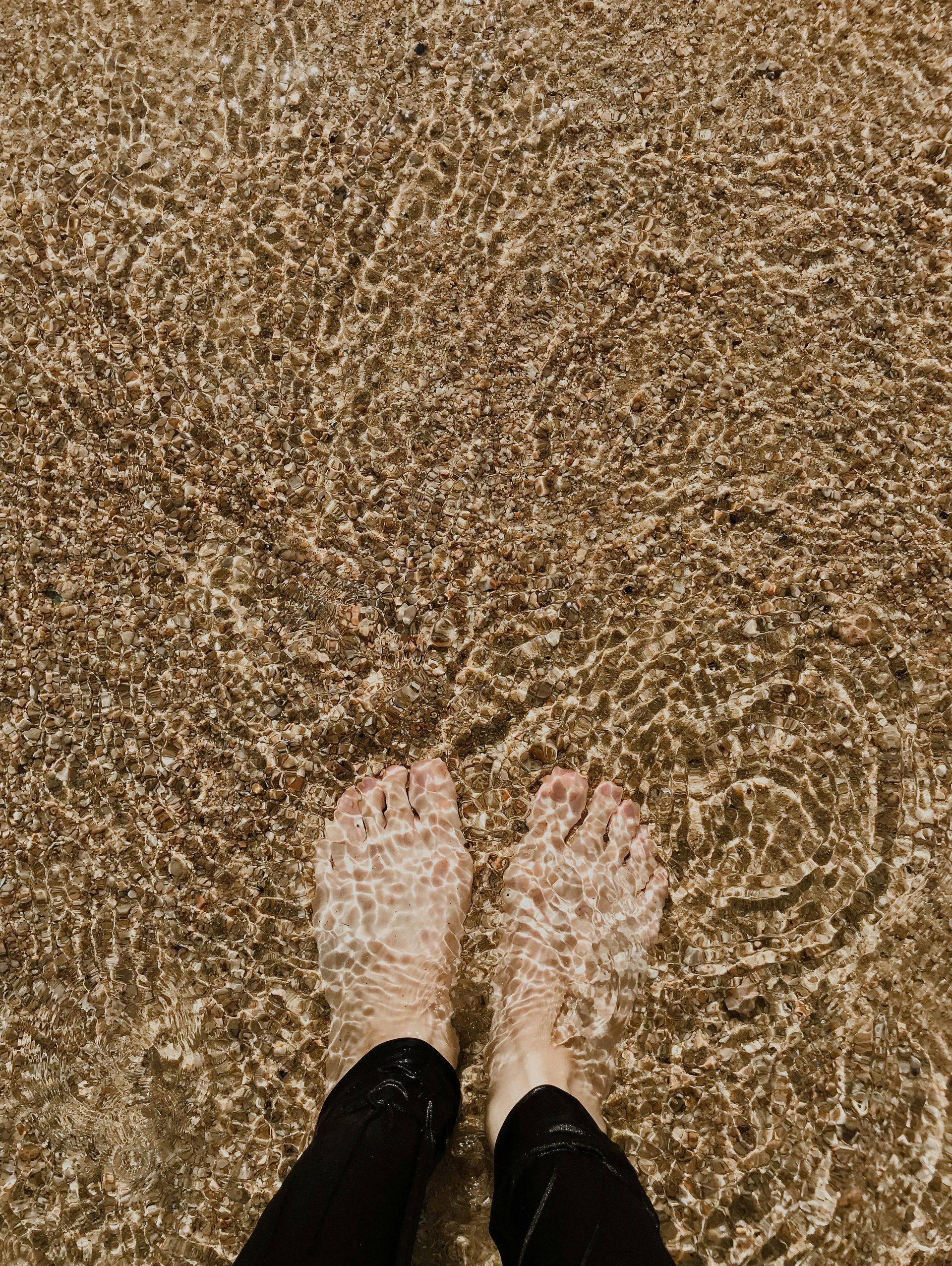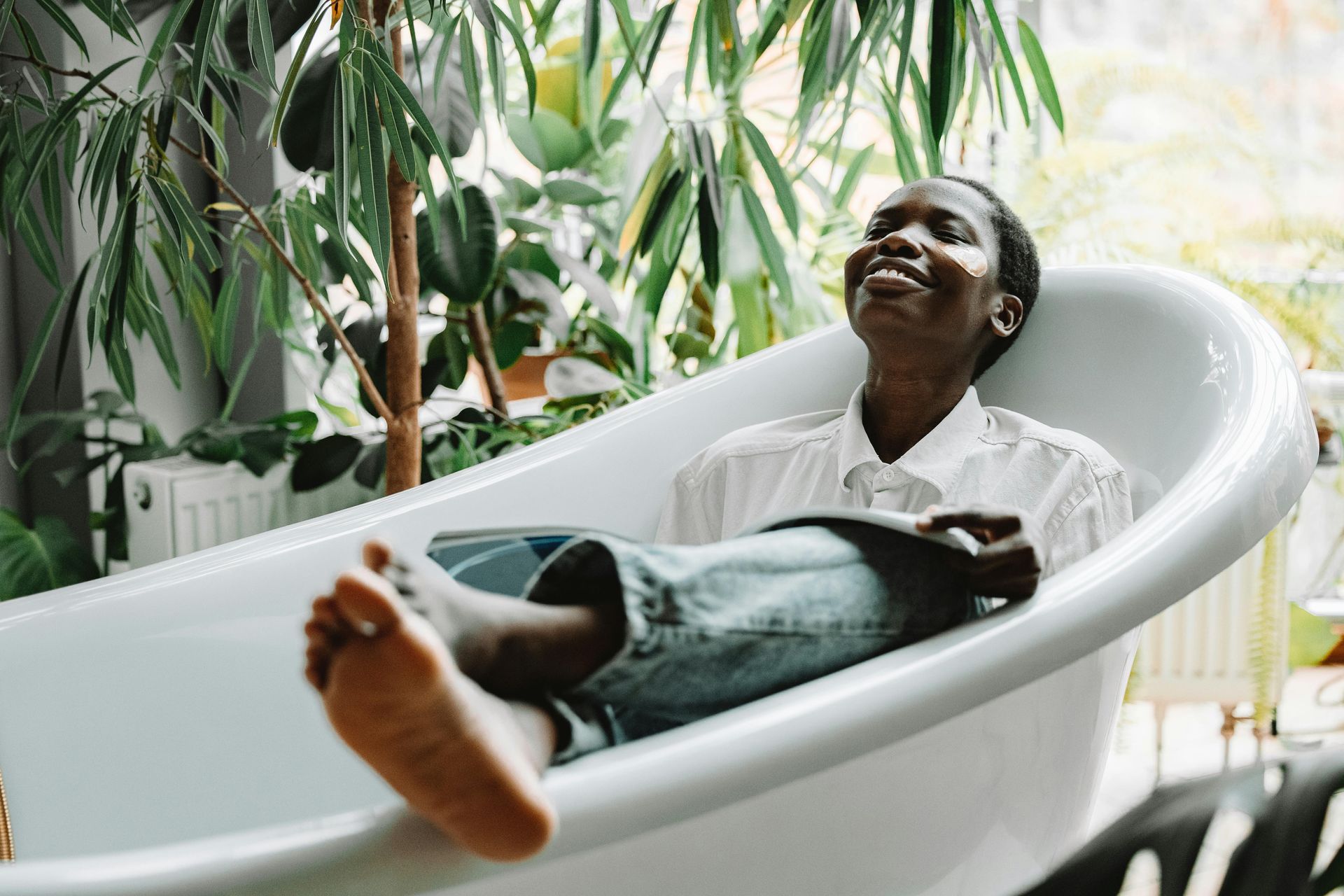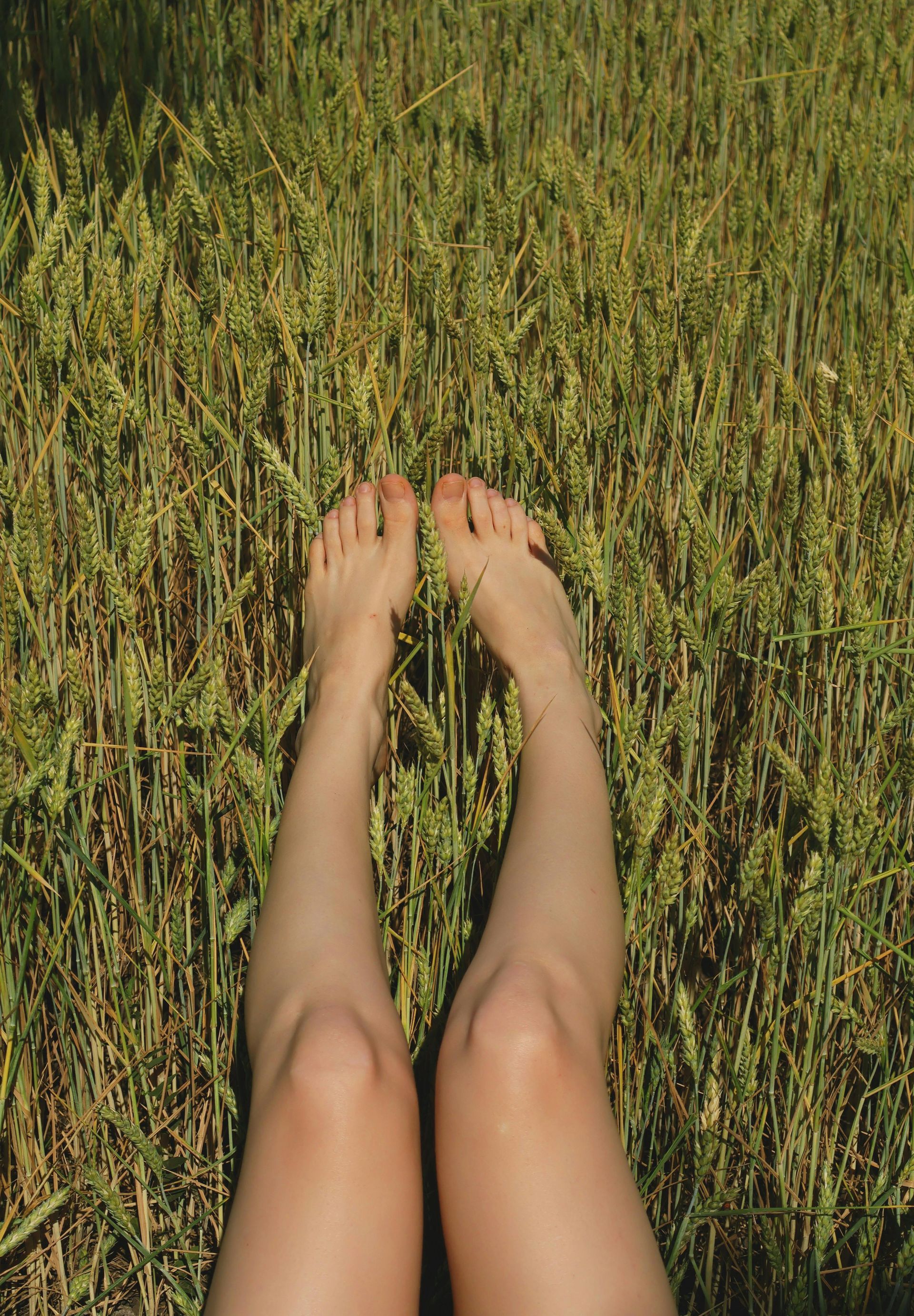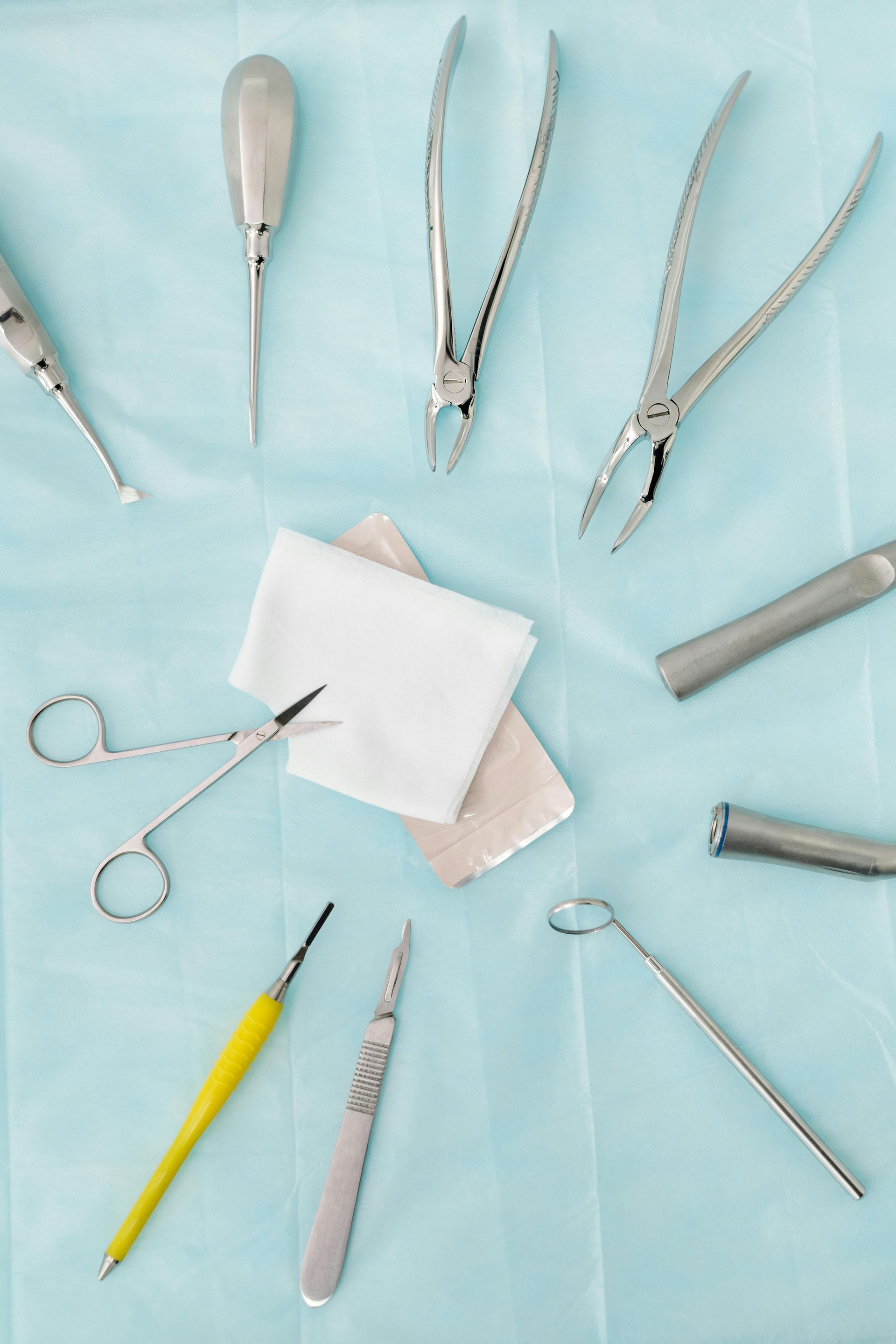020 7228 8383 info@foothealthbattersea.co.uk
Everything You Need to Know About Osteoarthritis
From Symptoms to Treatment
Everything You Need to Know About Osteoarthritis

Understanding Osteoarthritis
Osteoarthritis is the most common form of arthritis, primarily affecting older adults but not exclusive to them. It results from the wear and tear of cartilage, the tissue that allows joints to move smoothly. As cartilage deteriorates, bones begin to rub against each other, causing pain, swelling, and decreased mobility.
Symptoms of Osteoarthritis
The symptoms of osteoarthritis can vary significantly among individuals but generally include:
Joint pain: This is the most common symptom, often worsened by movement and relieved by rest. Pain usually starts gradually and can become more severe over time.
Stiffness: Joint stiffness, particularly noticeable in the morning or after sitting for long periods, is a hallmark of osteoarthritis. This stiffness can limit the range of motion.
Swelling: Inflammation of the joints can lead to swelling, which may be accompanied by warmth and tenderness around the affected joint.
Reduced Flexibility: As the disease progresses, the ability to move the joint fully can be impaired. This limitation can affect daily activities and overall quality of life.
Crepitus: The sensation of grating or crunching when the joint is moved is known as crepitus. This occurs as roughened cartilage surfaces rub against each other.
Bone Spurs: These are bony protrusions that can develop around the joint. They are often visible on X-rays and can contribute to pain and discomfort.
Risk Factors
Several factors can increase the risk of developing osteoarthritis:
Age: The risk of osteoarthritis increases with age, largely due to the cumulative wear and tear on the joints over time.
Genetics: A family history of osteoarthritis can predispose individuals to the condition, suggesting a genetic component.
Gender: Women are more likely than men to develop osteoarthritis, particularly after the age of 50.
Obesity: Excess weight places additional stress on weight-bearing joints, such as the knees and hips, increasing the risk of osteoarthritis.
Joint Injuries: Previous joint injuries, such as those sustained in sports or accidents, can predispose individuals to osteoarthritis later in life.
Repetitive Stress: Occupations or activities that involve repetitive stress on specific joints can contribute to the development of osteoarthritis.
Diagnosis
Diagnosing osteoarthritis typically involves a combination of medical history, physical examination, and diagnostic tests.
Medical History: A healthcare provider will discuss symptoms, pain patterns, and any previous joint injuries.
Physical Examination: The provider will assess joint pain, swelling, stiffness, and range of motion.
Imaging Tests:
X-rays: These can reveal joint space narrowing, bone spurs, and other changes consistent with osteoarthritis.
MRI: Magnetic resonance imaging provides detailed images of cartilage and other soft tissues, which can help in assessing the extent of joint damage.
Laboratory Tests: Although not used to diagnose osteoarthritis directly, blood tests may be performed to rule out other types of arthritis, such as rheumatoid arthritis.
Treatment Options
Treatment for osteoarthritis focusses on managing symptoms, improving joint function, and enhancing quality of life. While there is no cure for osteoarthritis, a range of strategies can help control the condition.
Medications:
Analgesics: Acetaminophen (Tylenol) is often used to relieve pain.
Nonsteroidal Anti-Inflammatory Drugs (NSAIDs): These include ibuprofen (Advil) and naproxen (Aleve) and can help reduce pain and inflammation.
Topical Analgesics: Creams and gels containing NSAIDs or other pain-relieving agents can be applied directly to the skin over the affected joint.
Physical Therapy: A physical therapist can develop a tailored exercise program to strengthen muscles around the joint, improve flexibility, and reduce pain.
Exercise for better lower limb health
Low-Impact Activities: Swimming, cycling, and walking are recommended to maintain joint function without putting excessive stress on the joints.
Strength Training: Building muscle strength helps support and protect the joints.
Weight Management: Maintaining a healthy weight can reduce the strain on weight-bearing joints and alleviate symptoms.
Assistive Devices and Specialised Care
Braces and orthotics: These can provide support and reduce stress on the joints.
Mobility Aids: Canes and walkers can help with mobility and balance.
Heat and Cold Therapy
Heat: Applying warm packs can ease muscle tension and improve flexibility.
Cold: Ice packs can reduce inflammation and numb pain.
Injections
Corticosteroids: These can provide temporary relief from inflammation and pain.
Hyaluronic Acid: Injections of hyaluronic acid can lubricate the joint and reduce pain.
Surgical Options
Arthroscopy: A minimally invasive procedure to remove or repair damaged cartilage or other joint structures.
Osteotomy: Surgical realignment of bones to relieve pressure on the joint.
Joint Replacement: In severe cases, partial or total joint replacement may be necessary, particularly for the hip or knee.
Lifestyle and Home Remedies
In addition to medical treatments, several lifestyle changes and home remedies can help manage osteoarthritis:
Diet: Consuming a balanced diet rich in anti-inflammatory foods (such as omega-3 fatty acids, found in fish) can support overall joint health.
Stress Management: Techniques such as yoga, meditation, and relaxation exercises can help manage the psychological stress associated with chronic pain.
Proper Footwear: Supportive and well-fitted shoes can help distribute weight evenly and reduce stress on the joints.
Living with Osteoarthritis
Living with osteoarthritis requires a proactive approach to managing symptoms and maintaining quality of life. Regular follow-ups with healthcare providers, adherence to prescribed treatments, and making informed lifestyle choices can help individuals lead active and fulfilling lives despite the challenges posed by the condition.
Monitoring Your Lower Limbs for Osteoarthritis
Signs to Watch For
Persistent Joint Pain: In our lower limbs, osteoarthritis often affects the knees and hips. We should look out for persistent pain that worsens with activity and improves with rest. The pain may start as mild but can become more severe over time.
Swelling and Stiffness: We need to pay attention to any swelling around the knees or hips, particularly after prolonged periods of activity or inactivity. Stiffness in the morning or after sitting for extended periods is also a common symptom.
Changes in Mobility: Notice any changes in our ability to move our legs or walk. Difficulty with walking, climbing stairs, or getting up from a seated position can be indicative of joint issues.
Unusual Sensations: We should be aware of any sensations of grinding, clicking, or popping in the joints. These can be signs of cartilage deterioration and bone-on-bone contact.
Uneven Gait: Observe if our gait has become uneven or if we are favouring one leg over the other. This can be a compensatory mechanism due to joint pain or instability.
Foot and Ankle Pain: Even though osteoarthritis primarily affects the knees and hips, pain in the feet and ankles can also occur, especially if the alignment or mechanics of our lower limbs are compromised.
How We Can Help
As podiatrists at FootHealth Battersea, we can be instrumental in managing osteoarthritis symptoms and improving lower limb function.
Here’s how we can assist:
Comprehensive Assessment: We will conduct a thorough assessment of your lower limb alignment, gait, and joint function. This helps in identifying any abnormalities or areas of concern that might be contributing to osteoarthritis symptoms.
Custom Orthotics: We can provide prescription orthotics (custom-made shoe inserts) that offer additional support and cushioning to reduce stress on the joints. These can help improve alignment, distribute pressure more evenly, and relieve pain.
Footwear Advice: Proper footwear is crucial for managing osteoarthritis. We can recommend appropriate shoes that provide adequate support and cushioning, which can help alleviate pain and prevent further joint damage.
Gait Analysis and Correction: By analysing your walking pattern, we can identify and correct any gait abnormalities that may be contributing to joint stress. This might include recommending adjustments to your walking technique or using specialised devices.
Pain Management: Techniques such as joint mobilisation, massage, and targeted exercises can be employed to manage pain and improve joint function. We will develop a personalised treatment plan that addresses your specific needs.
Education and Prevention: We provide valuable education on managing osteoarthritis, including lifestyle changes, exercise recommendations, and injury prevention strategies. We can guide you on how to modify daily activities to reduce joint stress.
Collaborative Care: We work in conjunction with other healthcare professionals, such as physical therapists and orthopaedic specialists, to provide a holistic approach to managing osteoarthritis. This collaborative care ensures that all aspects of your condition are addressed.
Long-Term Benefits of Our Podiatric Care
Enhanced Mobility: By addressing issues related to joint alignment and footwear, we can help improve your mobility and reduce discomfort, allowing you to maintain an active lifestyle.
Reduced Pain: Effective management strategies, including custom orthotics and pain relief techniques, can significantly reduce joint pain and enhance your quality of life.
Prevention of Complications: Proper foot care and alignment can prevent secondary complications, such as foot deformities and additional stress on other joints, which can arise from improper weight distribution or gait abnormalities.
Improved Functionality: By focussing on the biomechanics of your lower limbs, we can help you achieve better joint function and prevent further deterioration, thereby improving your overall physical well-being.
Read More from our Blog
FootHealth Battersea Blog Spot
Can FootHealth Battersea assist you?
Our customers share the best stories! Discover why Foothealth Battersea is the preferred Podiatry clinic in South West, London.
